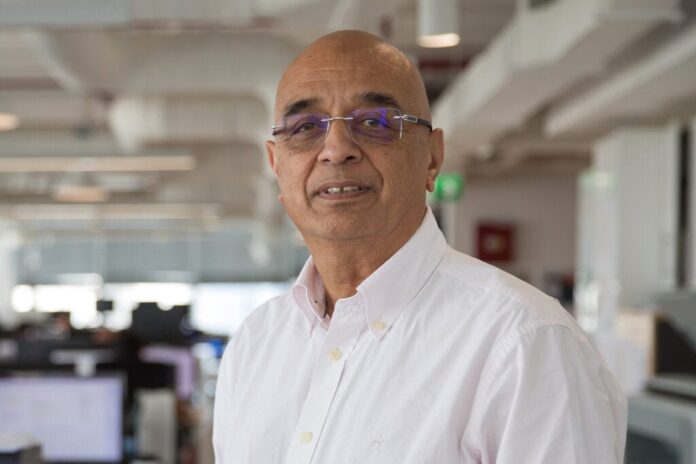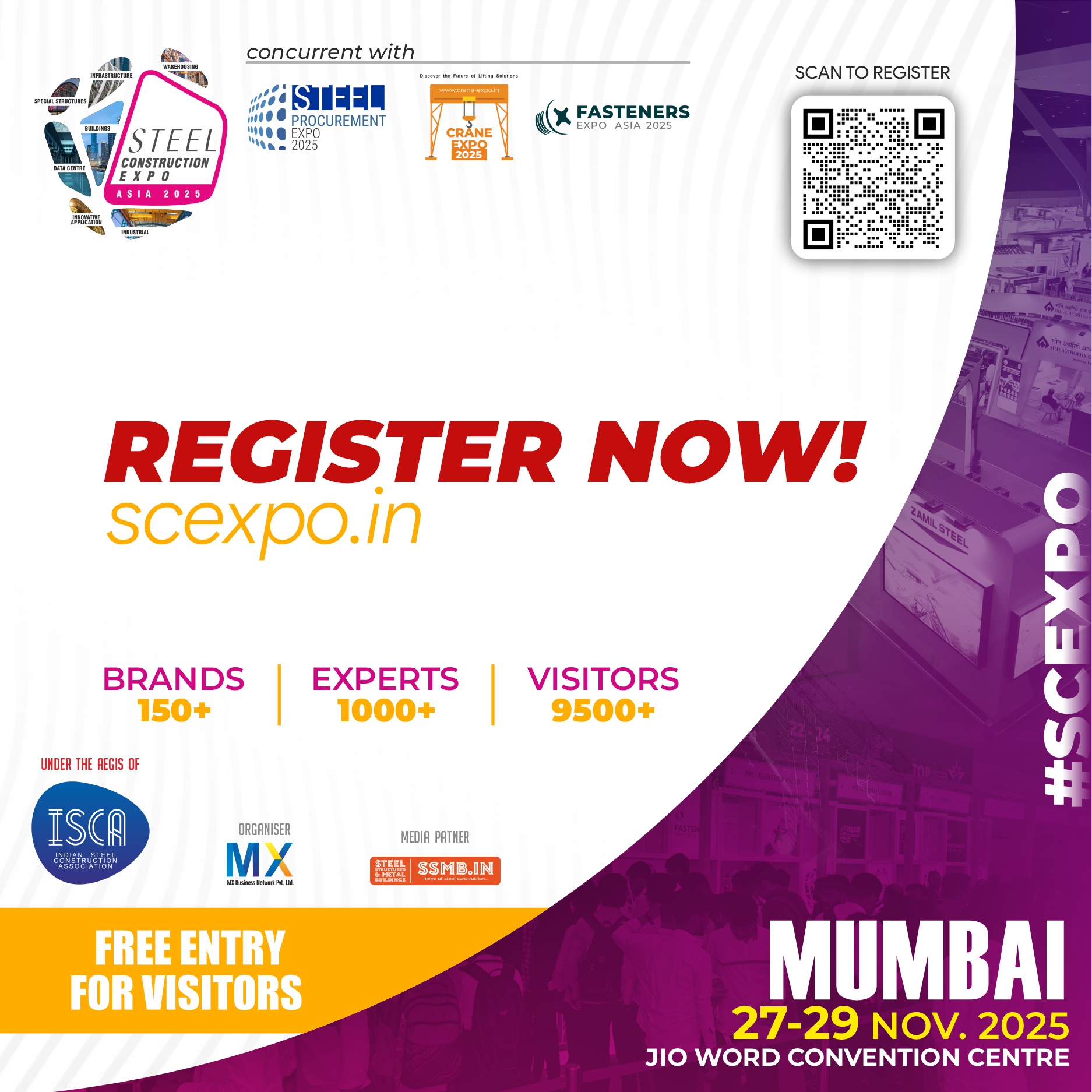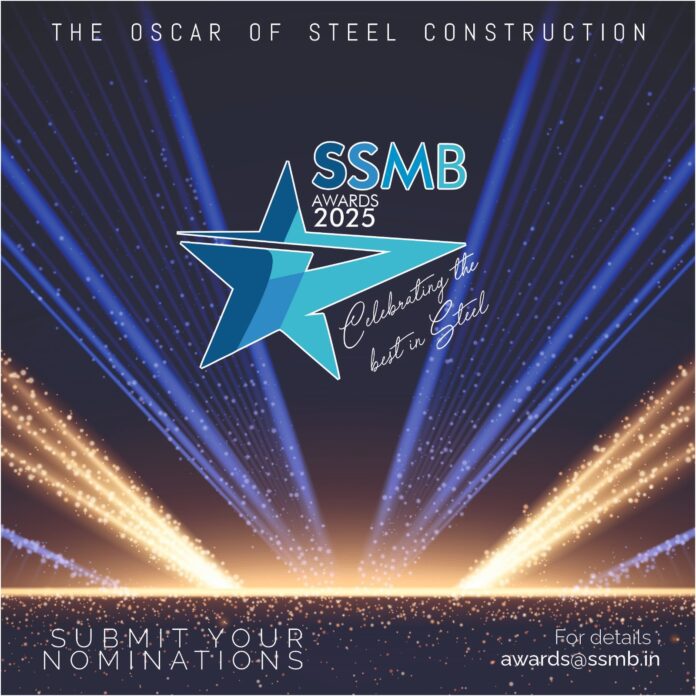- You began your career in New Zealand and Australia before leading projects across 15 countries. How did your early interest in structural dynamics and soil-structure interaction shape your path into the tall-buildings arena?
A. New Zealand lies in a highly seismic region, where every aspect of high-rise structural engineering is shaped by earthquake loading. This includes the conceptual development of an appropriate structural system, integration with architectural design, optimisation of building weight, structural detailing, advanced analytical modelling, consideration of soil-structure interaction, and the formulation of a ductile failure mechanism to withstand a maximum credible seismic event. Achieving compliance with these requirements demands a comprehensive understanding from the conceptual stage through to reinforcement detailing. This approach is critical for buildings of all heights, particularly mid-rise towers between 5 and 20 stories, which often experience higher seismic forces than taller, more flexible structures. My fascination with working on projects from inception, collaborating closely with architects to shape concepts, developing analytical models using the latest tools, and translating insights into construction drawings, naturally drew me toward larger and taller buildings.
“My fascination grew from shaping concepts with architects and translating insights into construction drawings.”
Bridging Cultures and Engineering Practices
2.Having worked in Australia, the Middle East, and India, what cultural or project-delivery lessons have you carried between these regions
A.The construction industry is highly complex, comprising five key stages: project inception, design, procurement, construction, and operations, each involving multiple stakeholders. While regions differ in their levels of maturity, the rapid growth of construction in developing countries, over the past 30 years in the Middle East and the past 15 years in India, has led to a certain degree of convergence.
Today, the success and efficiency of project delivery hinge on the adoption of advanced communication tools and BIM technology, which enable faster, more coordinated, and highly accurate outputs. One of the most important lessons I have learned is to respect the stage of maturity each region is in, and to work collectively toward advancing it. Ours is a people-centric business, engaging a wide spectrum of professionals and stakeholders. Cultural sensitivity is always a challenge, and it must be handled with care. Personally, I have been fortunate to absorb the strengths of each culture I have worked in, which has enriched me both professionally and personally.
In essence, collaboration and the adoption of technology are critical to the successful delivery of projects.
Did You Know?
BIM technology and advanced communication tools have revolutionised project delivery by enabling faster, more accurate collaboration globally.3.You’ve been involved in over 70 towers above 200 m, including the visionary 1 km Nakheel Tower. What are the evolving technical challenges at super-supertall heights, and how have computational tools transformed your practice since the late 1970s?
A.Over the course of my career, I have witnessed an exponential evolution in computational tools, a transformation that continues today with the gradual integration of AI. I have actively navigated this journey, from manual calculations and ink-on-paper drawings to sophisticated computational tools integrated with BIM technology. Along the way, I have experienced the hardware evolution firsthand: from smart calculators and mainframe computers to desktops and laptops, each phase accompanied by corresponding advancements in software.
I admit that my ability to adopt new technologies is not as sharp as it once was. However, I remain convinced that these technological advancements offer us, both as an industry and a profession, unprecedented opportunities to deliver better building solutions. Solutions that are not only technically sound but also sustainable in terms of financial viability, environmental impact, and human well-being. Today, the only real constraints to the complexity of a project are the boundaries set by these three pillars of sustainability.
At Buro Happold, there is a strong ethos of staying at the forefront of technological innovation. This commitment enables us to solve complex, multidisciplinary challenges for our clients, always with the overarching goal of contributing to global sustainability.
Steel vs Concrete: India’s Vertical Future
4.What is your take on the future of high-rise steel buildings in India
A.There has been a clear shift from steel to concrete in high-rise construction over the past 40 to 50 years, challenging the two traditional advantages of steel, its strength and speed of construction. First, advances in concrete technology have led to readily available concrete strengths exceeding 80 MPa, and in many regions, even surpassing 120 MPa. This has significantly reduced the comparative advantage that steel once held. Second, innovations in formwork technology, particularly self-climbing formwork for vertical elements, have enabled floor cycle times as short as three days, making concrete construction highly competitive with steel in terms of speed.
That said, steel remains incredibly versatile, and we must not lose sight of the fact that it is still the stiffest and strongest construction material available and relatively affordable. With carbon footprint now a global priority, the recyclability of steel presents a compelling advantage over other materials, positioning it as a key player in the pursuit of sustainable construction.
“Steel’s recyclability gives it a key role in sustainable construction, even amid advances in concrete.”
Technology, Creativity, and the Future Skyline
5.You describe engineering as both art and science. Can you share an example where aesthetics led you to innovate structurally without compromising performance?
A.In the structural design of tall buildings, the concept stage is critical. Early engagement with the Client and Architect, while respecting their vision and intended outcomes, is highly essential. Offering suggestions and alternative solutions with confidence, rooted in experience and expertise, is both a skill and an art. These decisions are rarely driven by theory alone; more often, they are informed by intuitive understanding of what one might call “gut feeling” grounded in fundamental structural principles.
A poorly conceived building form or structural system at the concept stage is extremely difficult to rectify in later phases of design. There is also an art to using design tools appropriately. Too often, designers dive into excessive detail prematurely, missing the opportunity to develop an efficient structural strategy for collaborative discussion with stakeholders, including the Client and Architect. Once a robust concept is in place, we then apply scientific rigor to validate, refine, and develop it into detailed design.
A remarkable example of a project shaped by aesthetics is the Morpheus Hotel in Macau. The Client had a clear vision: to create a hotel tower that would be truly “one of a kind.” The Architect, Zaha Hadid Architects, realised this ambition with a free-form exoskeletal perimeter frame, characterised by its complex geometry, lack of repetition, and a multitude of intricate joint types. Given these challenges, steel with its high stiffness, strength-to-weight ratio, and adaptability to complex forms was the only viable material for the exoskeletal structure.
Faced with a strict project timeline and limited design duration, BuroHappold developed a bespoke computational workflow for the design and documentation of the exoskeletal frame. This included automated structural analysis, member and joint design, Revit model development, 2D drawing production, and joint detailing to shop drawing level. With all design information generated in digital format, the models were seamlessly novated to the contractor’s steel fabricators, enabling streamlined fabrication and efficient project delivery.
The Morpheus Hotel’s exoskeleton was digitally designed end-to-end, allowing complex geometry to be fabricated efficiently — a milestone in structural engineering innovation.
6.How do you collaborate with architects and contractors to ensure a visionary concept remains buildable, within budget, and true to its design intent?
A.We always strive to engage early with Architects and Clients at the project inception stage. However, one of the key challenges in India is the lack of recognition for the pre-concept and concept design stages. Too often, projects are initiated solely between the Architect and the Client, without the early involvement of engineering disciplines or cost consultants. With timely input from structural and MEP engineers, along with cost consultants, it is possible to shape design visions that are not only architecturally compelling but also buildable, technically sound, and aligned with the project budget.
7. As an Academic Associate at the University of Melbourne, how do you integrate your practical experience into teaching?
A.There is a growing acknowledgment within our industry that the gap between academia and professional practice is widening, driven by several factors. Financial constraints in education have led to shrinking budgets, while generational trends show students increasingly seeking shorter pathways to qualification. This is further compounded by the rapid pace of technological advancement, particularly in software and hardware, outstripping the tools and resources available to many academic institutions.
Bridging this gap by introducing professionals with practical experience into academic settings as guest lecturers or through short courses can offer immense value. Real-world case studies not only inspire students but also help connect theoretical learning with practical application. Moreover, such interactions expose academia to the latest tools, methodologies, and industry trends. It’s also essential to recognise that our industry thrives on interdisciplinary collaboration, and fostering this awareness early in education is crucial for preparing future professionals.
Words of Wisdom for Aspiring Engineers and Firms
8.What advice would you give to international engineering firms entering India?
A.My key advice would be to approach the Indian market with a long-term commitment, ideally through a permanent or sustained local presence. It is essential to invest time in truly understanding the business landscape, cultural nuances, and the specific challenges faced in this region. Building meaningful relationships and delivering real value requires more than technical expertise; it demands cultural sensitivity, adaptability, and consistent engagement to foster trust and effective collaboration.
“Success in India demands long-term commitment, cultural sensitivity, and consistent engagement.”
Emerging Technologies That Excite
9.Looking ahead, which emerging technologies excite you most for the future of supertall structures?
A.The single biggest constraint for super-tall and mega-tall buildings is vertical transportation. While elevator technology has advanced over the past 50 years, becoming faster and capable of longer travel via improved rope systems, it remains limited by human perception of motion. As buildings get taller, more elevators are needed, which consumes valuable floor space and reduces efficiency. Emerging technologies involving horizontal travel to create a vertical, metro-like loop system offer exciting, proven potential but have yet to be implemented in a real project. I would love to see such innovation applied in a mega-tall tower within my lifetime.
Future skyscrapers may feature horizontal elevator travel systems, akin to
metro loops, revolutionising vertical transportation.
Final Thoughts: The Global Tall-Building Exchange
10.You emphasise knowledge exchange between developed and developing countries. How can the Indian profession contribute to and benefit from global tall-building expertise?
A.Tall building construction is a global endeavour, with each country at a different stage of maturity. The exchange of knowledge is crucial for progress. Developed countries have accumulated 50 to 100 years of experience, learning from mistakes in an industry that profoundly impacts urban functionality. With India’s unprecedented rapid urbanisation, rivalled perhaps only by China, there is an urgent need to address the challenges of design, procurement, and construction of vertical developments efficiently for all stakeholders. This presents a unique opportunity for India to leapfrog certain stages by avoiding costly mistakes that can impose a heavy financial burden on cities.
A pertinent example is mobility planning, as urban transportation is expected to evolve significantly in the coming decades with the advent of driverless vehicles. Other valuable areas for knowledge exchange include trends in affordable high-rise housing to meet the growing demand of the middle and upper-middle classes, as well as advances in modular construction technology for tall buildings.
“India can leapfrog traditional challenges by learning from global tall-building expertise — shaping smarter, more sustainable cities.”




